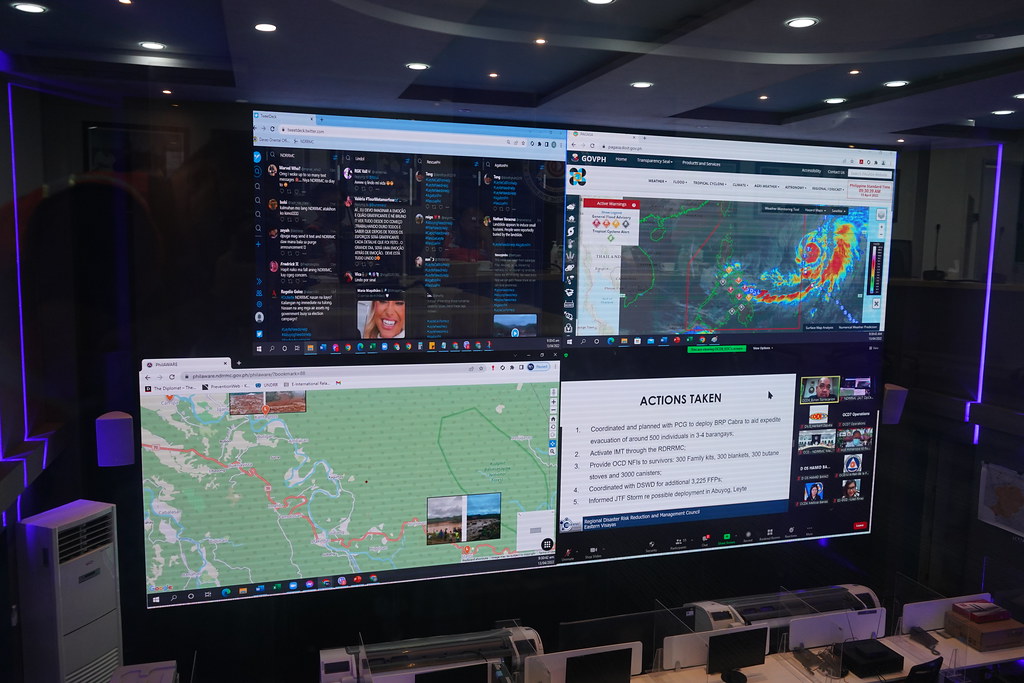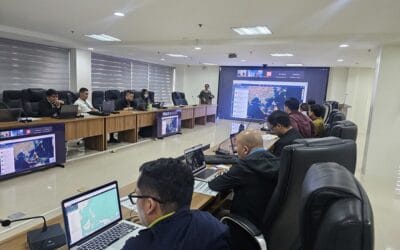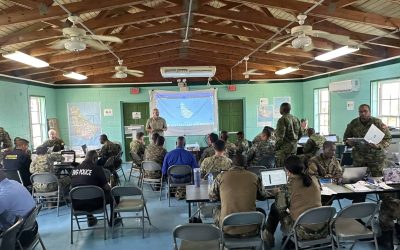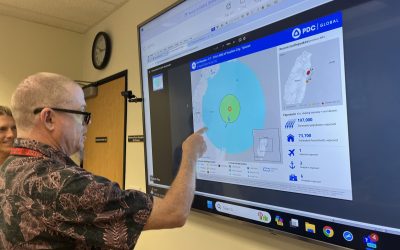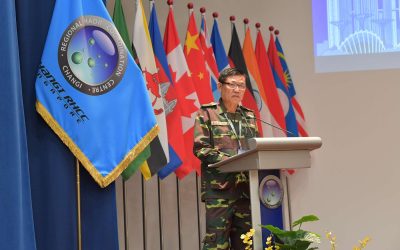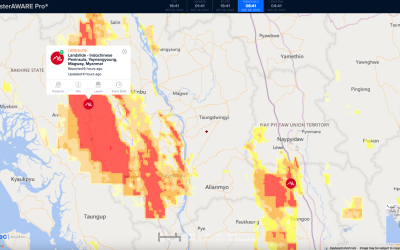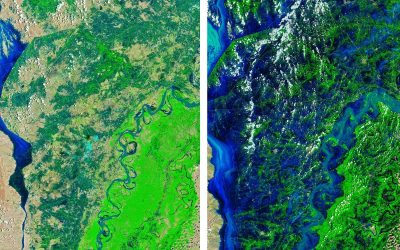Four months after PhilAWARE was handed over to the Philippines Office of Civil Defense (OCD), the national early warning system was put to the test a second time—and passed.
Tropical Storm Agaton, known internationally as Megi, made landfall on April 10, 2022, leading to flash floods in low-lying areas and rain-induced landslides. Hundreds of Philippines residents were forced to evacuate as major landslides pushed mud over villages in Leyte province, burying more than 200 houses. As of April 24, the Philippines’ National Disaster Risk Reduction and Management Council (NDRRMC) had reported 212 deaths, 132 missing and 8 injured. As sad as any such losses are, the outcomes of this storm could have been much worse, were it not for the fast and effective response of OCD, supported by the recently deployed PhilAWARE system.
OCD’s Operations Center utilized PhilAWARE to track the storm and plot the landslide-affected areas using the system’s drawing tools. Additionally, OCD leveraged the critical lifeline data collected by project partner Humanitarian OpenStreetMap (HOT) for more localized response mapping. The PhilAWARE system also supported coordination of OCD’s response, allowing stakeholders to share important hazard information in near real time, and receive hazard update notifications via the system’s SmartAlert service.
Following the response, OCD’s Operations Center Chief Joemar Perez highlighted the important role PhilAWARE had in supporting their response efforts: “The PhilAWARE system allowed us to visualize the disaster threat and plot impacted areas, which are vital during response operations. The system gave us real time warning and tracking of the (storm’s path) and determining the hard-hit areas. Being able to map affected areas quickly and easily with the PhilAWARE system meant we could respond quicker, getting required help and resources to those who needed it.”
PhilAWARE was put to its first real test in December 2021 when Super Typhoon Rai made landfall in the Philippines just weeks after the system’s deployment. PhilAWARE, a custom version of the DisasterAWARE platform developed by the University of Hawaii’s Pacific Disaster Center (PDC) in partnership with OCD, provides early warning and advanced modeling to support critical impact and potential needs information to aid rapid response.
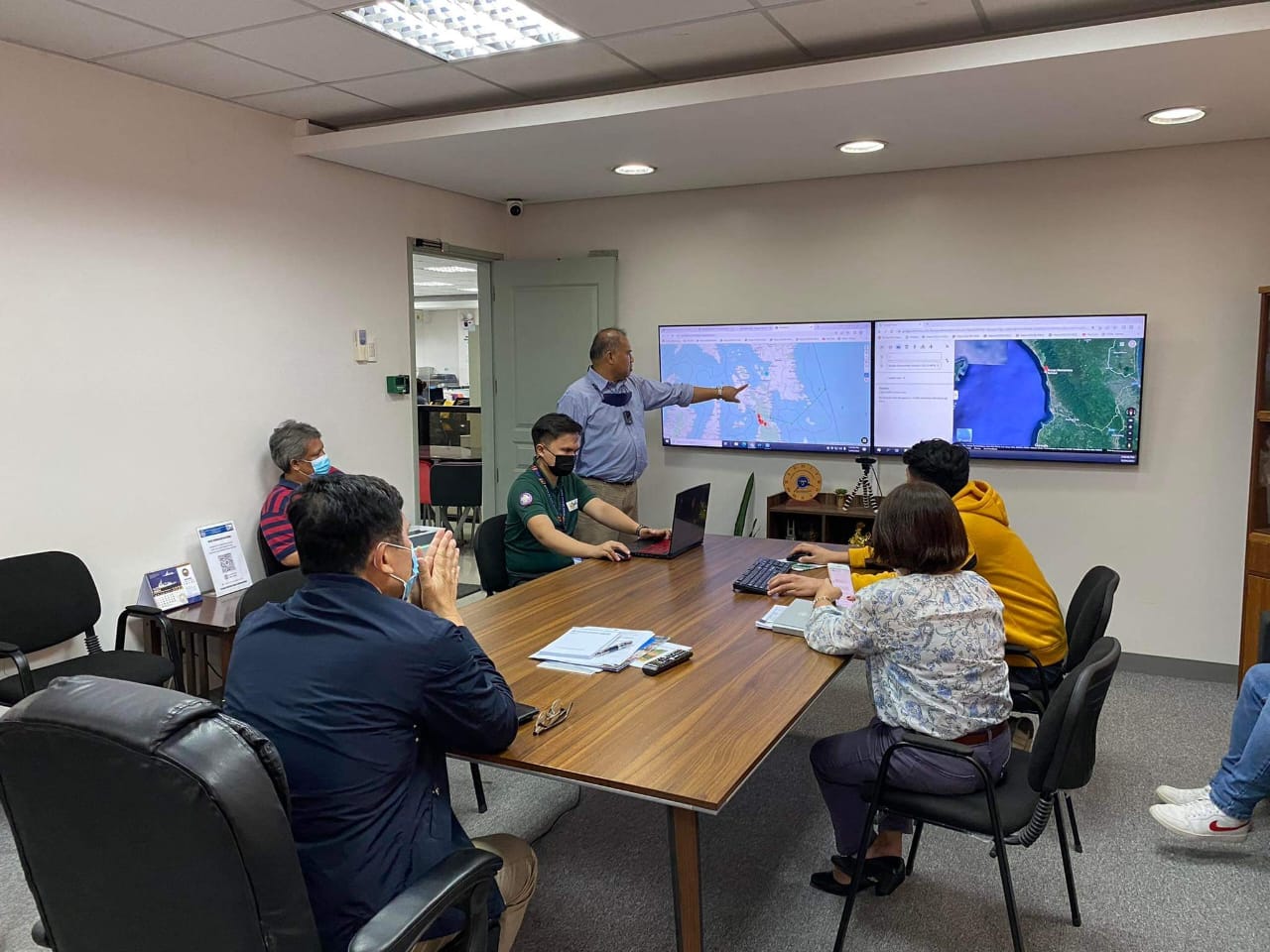
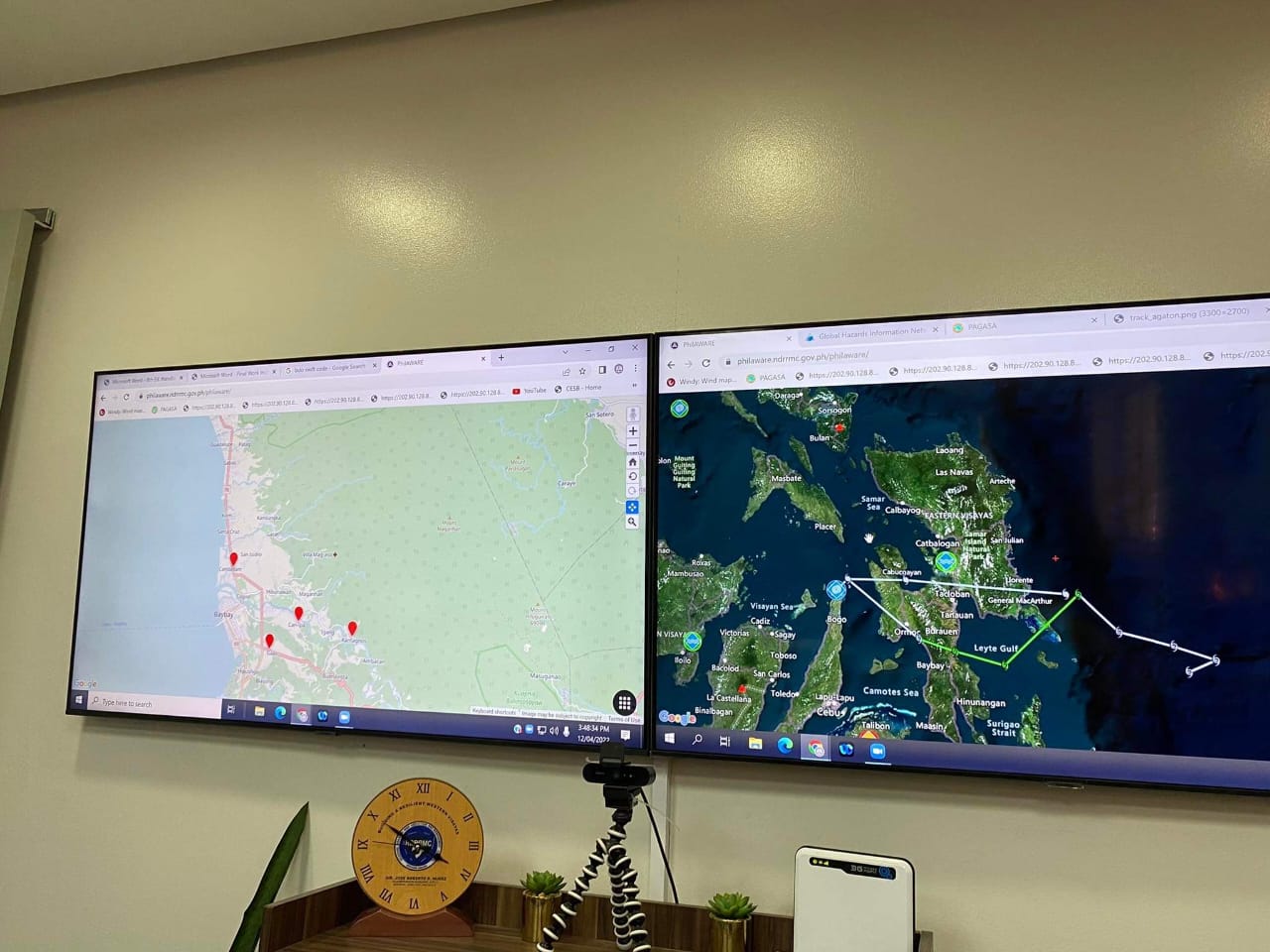
“The use of PhilAWARE during both Agaton and Rai response operations highlights the effective support this tool offers OCD,” said PDC Deputy Executive Director Chris Chiesa. “We are hopeful that we will be able to advance our partnership with OCD during anticipated PhilAWARE Phase II activities, helping further embed the use of PhilAWARE within OCD’s operations and extending its use to subnational disaster managers.”
Funding for the development and deployment of PhilAWARE was provided by the U.S. Agency for International Development (USAID)’s Bureau for Humanitarian Assistance. PDC recently submitted a proposal to USAID for additional capacity building for the operational use and institutionalization of PhilAWARE within national and subnational institutions in the Philippines.
“In only a few months, we have already seen PhilAWARE’s value in supporting response to hazard events,” said NDRRMC Executive Director and OCD Administrator, Usec Ricardo Jalad, who has overseen the development and implementation of PhilAWARE within OCD. “While we are never happy that hazard events occur, we are pleased to have the PhilAWARE system as a tool to help us respond faster and more effectively to help us ensure a safer and more resilient country. We are truly thankful for USAID’s support for this system, and for PDC’s technical assistance and guidance for its implementation within OCD.”
